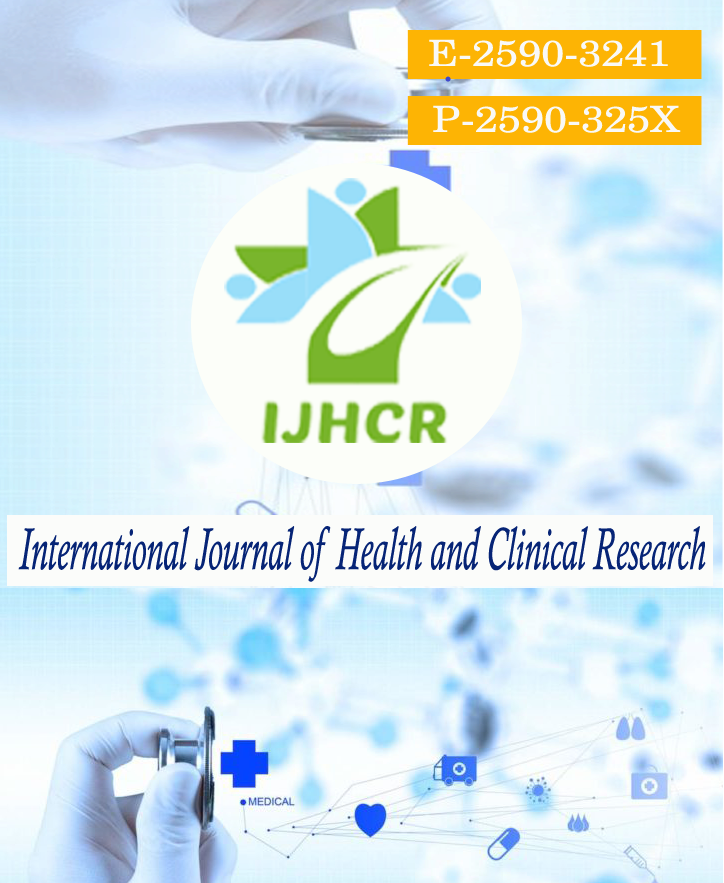The role of bio-chemic and metabolic risk factors of different gender in the development of severity of Metabolic Syndrome
Keywords:
Gender, Diabetic Mellitus, Dyslipidemia, Metabolic Syndrome & Severe MS.Abstract
Background: Obesity and IR reported as risk factors, and “an alarm to the CAD” in adults, even before the beginning of T2 DM. Objectives: To compare specific biochemical parameters, like fasting blood glucose, glycated hemoglobin, free insulin, insulin resistance, triglycerides, and high-density lipoprotein cholesterol in metabolic syndrome and severe metabolic syndrome of male and female. Materials & methods: The study conducted among 450 participants. Samples were analyzed for FBS using by a fully automated analyzer, HbA1c assessed by HPLC. Free Insulin was assessed by using an ELISA. HOMA-IR was a calculated value. Triglycerides was assessed by glycerol phosphate oxidase-peroxidase method, and HDL-Ch estimated by a colorimetric method. The data was analyzed by ANOVA with Student-Newman-Keul’s multiple comparisons method. Results: A high significant difference (P =<0.001) was observed FBS, HbA1c, HOMA-IR, TG in males and females with control group vs MS and SMS groups, and when compared control with MS and SMS groups of HDL in males. The FI was not significant value when compared groups control vs MS in males and females, and HDL in females. Further, a highly significant value (P =<0.001) found compared with group MS vs SMS in the male and female, except (P =0.267) HDL in males. Conclusion: The diabetic parameters and lipid variables were highly significant in MS and SMS in both the gender. And all these parameters showed significance in intergroup analyses of MS and SMS in male and female groups, but insignificant HDL in males.
Downloads
Published
How to Cite
Issue
Section
License
Copyright (c) 2022 Srinivasa Babu V, Srinivasulu Reddy. P, Balumahendran K, Ramaswamy C

This work is licensed under a Creative Commons Attribution 4.0 International License.






 All articles published in International Journal of Health and Clinical Research are licensed under a
All articles published in International Journal of Health and Clinical Research are licensed under a 